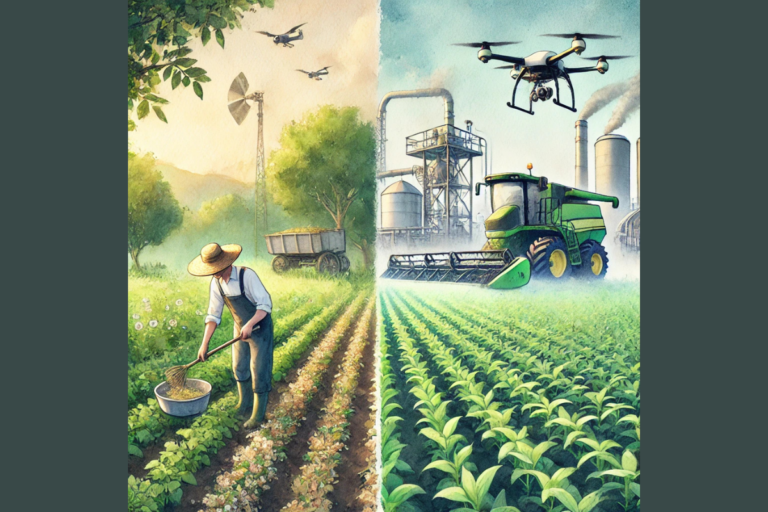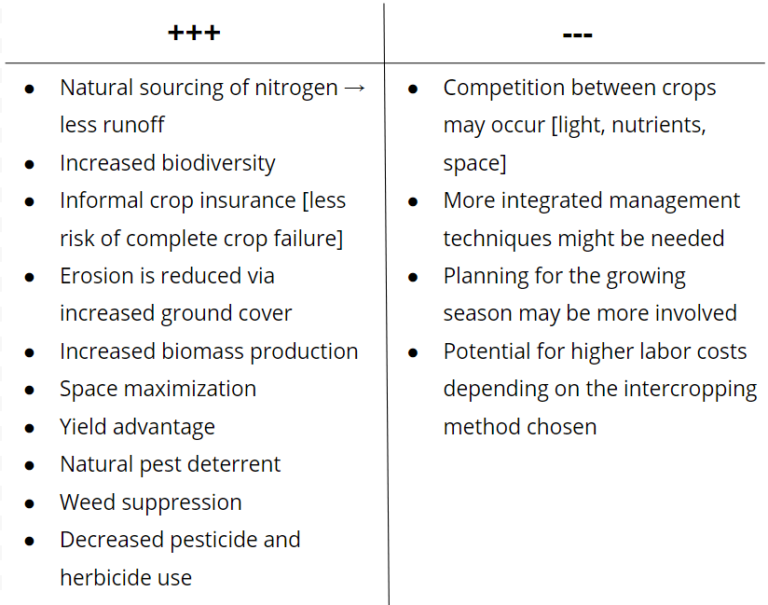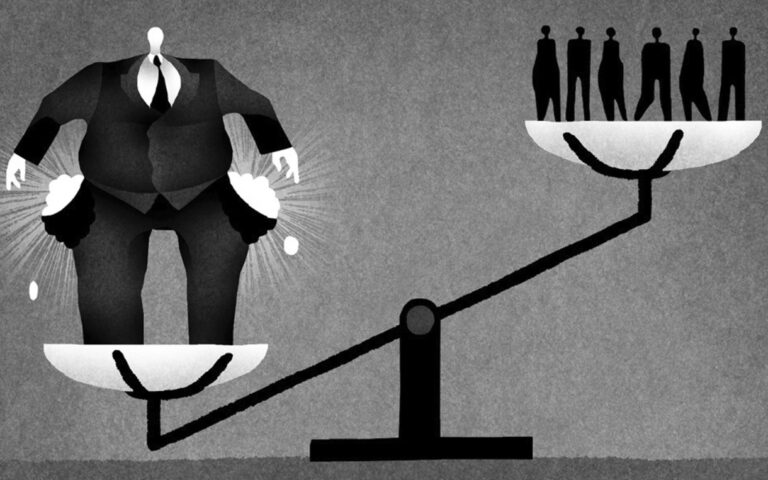what cooperatives are and how they can benefit workers

The world we live in is quite complicated. Being alone in this crazy, mixed-up reality can make this truth quite scary. However, even in the big, bad take-no-prisoners universe of globalized economics, there are tools that can be used to help improve one’s chances of successful navigation through these choppy waters. One of the most effective tools in this respect are cooperatives.
Cooperatives can be defined in many different ways:
- Private businesses owned and controlled by users and operated principally to provide benefits to users
- Autonomous associations of persons united voluntarily to meet their common economic, social and cultural needs and aspirations through a jointly owned and democratically controlled enterprises
- Business entities controlled by their members, the people who work in them.
There are many more interpretations but each indicates that the members make a cooperative a cooperative. Accordingly, maximized benefits for the members who comprise the constituency is a priority.
The focus on member benefits contrasts standard business models that (almost always) have an ultimate goal of maximized profit. Cooperatives are also unique because they are dual-natured, meaning that they serve both as a social group and business enterprise.
According to the ICA, cooperatives should adhere to several principles:
- Voluntary and open membership
- Democratic member control
- Autonomy and independence
- Education, information, and training
- Cooperative among cooperatives
- Concern among community
The USDA streamlines these qualities into 3 fundamental characteristics:
- User-owned: co-operatives are used by those who own it
- User-control: co-operatives should be controlled by those who use it
- User-benefits: benefits generated by the co-operative are allocated to its users on the basis of use
It is estimated that there are currently 1 billion cooperative members in the world. The largest amount of revenue generated by cooperatives in the world is related to agriculture (28.85%), although there are many other types including banking/credit unions (26.27%), consumer retail (21.66%) and insurance (17.123%).
Within these various sectors, the size and composition of cooperatives vary greatly. Despite a great deal of diversity, members are able to enjoy many benefits associated with their membership, including (but not necessarily limited to):
- Increased negotiation power
- Support for social causes (e.g., a green power cooperative)
- Economies of scale (decreased prices as a result of more production)
- Risk reduction (e.g., price stabilization)
- Product diversification
- Improved and/or new access to markets
- Better market conditions
- Patronage refunds
- BETTER COST EFFICIENCY (identified as the primary motivation)
The development and use of cooperatives can also help to destabilize oligopoly markets (those in which only a small number of businesses maintain a stronghold of power making market entry for newcomers or alternative economic methods virtually impossible), which is essential in a world where power and money continues to become more and more concentrated among only a few companies and individuals.
Furthermore, when cooperatives provide better conditions for the members than traditional businesses can offer, traditional businesses must become competitive in order to avoid a scenario in which all members of a given sector join a cooperative. This phenomenon is known as the Yardstick Effect.
To ensure that cooperatives do not transform into entities that mimic the activities of their private firm counterparts (for example, charging too much), cooperatives are democratically controlled and designed to serve as economic “architects”, rather than economic “Napoleons”. (see Nourse, 1945)
sources:
- https://usworker.coop/what-is-a-worker-cooperative/
- https://www.ica.coop/en/cooperatives/what-is-a-cooperative
- Nourse, E. G. (1942). The place of the cooperative in our national economy. American cooperation, 1945, 33-39.
photo credit:





